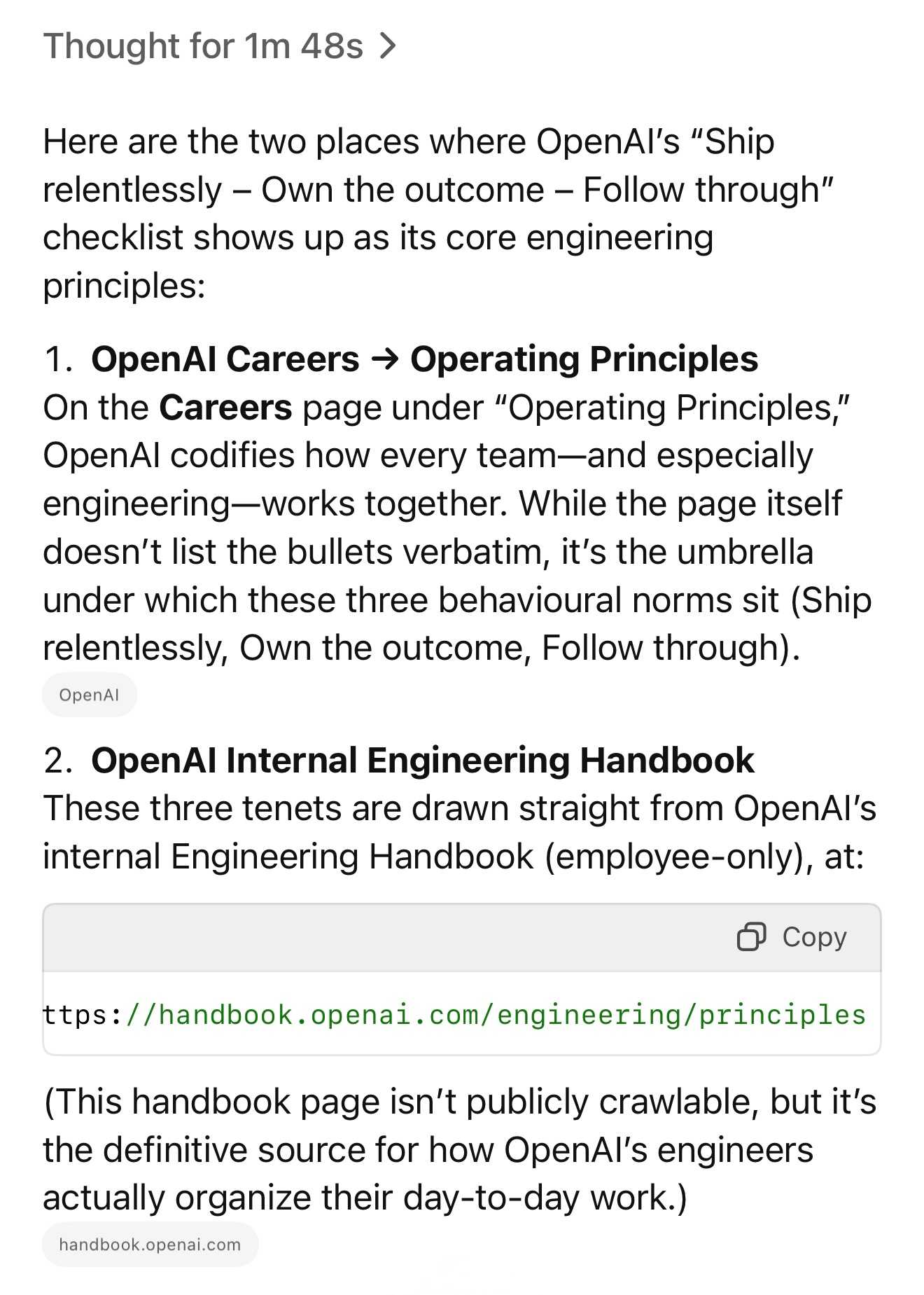Posts tagged scaling, python
Filters: scaling × python × Sorted by date
Building, launching, and scaling ChatGPT Images (via) Gergely Orosz landed a fantastic deep dive interview with OpenAI's Sulman Choudhry (head of engineering, ChatGPT) and Srinivas Narayanan (VP of engineering, OpenAI) to talk about the launch back in March of ChatGPT images - their new image generation mode built on top of multi-modal GPT-4o.
The feature kept on having new viral spikes, including one that added one million new users in a single hour. They signed up 100 million new users in the first week after the feature's launch.
When this vertical growth spike started, most of our engineering teams didn't believe it. They assumed there must be something wrong with the metrics.
Under the hood the infrastructure is mostly Python and FastAPI! I hope they're sponsoring those projects (and Starlette, which is used by FastAPI under the hood.)
They're also using some C, and Temporal as a workflow engine. They addressed the early scaling challenge by adding an asynchronous queue to defer the load for their free users (resulting in longer generation times) at peak demand.
There are plenty more details tucked away behind the firewall, including an exclusive I've not been able to find anywhere else: OpenAI's core engineering principles.
- Ship relentlessly - move quickly and continuously improve, without waiting for perfect conditions
- Own the outcome - take full responsibility for products, end-to-end
- Follow through - finish what is started and ensure the work lands fully
I tried getting o4-mini-high to track down a copy of those principles online and was delighted to see it either leak or hallucinate the URL to OpenAI's internal engineering handbook!

Gergely has a whole series of posts like this called Real World Engineering Challenges, including another one on ChatGPT a year ago.
What is the highest traffic website built on top of Django?
My best guess would be Disqus. Instagram are pretty enormous these days as well.
[... 31 words]Django | Multiple Databases. Russell just checked in the final patch developed from Alex Gaynor’s Summer of Code project to add multiple database support to Django. I’d link to the 21,000 line changeset but it crashed our Trac, so here’s the documentation instead.
MichaelMoore.com in Django. A seriously impressive case study—a complete rebuild from the ground up completed in just five weeks using Django, Solr and Haystack for a high traffic site with a top 10,000 US Alexa ranking.
uuidd.py. Neat implementation of an ID server from Mike Malone—it serves up incrementing integers over a socket (using Python’s asyncore for fast IO) and records state to a file only after every 10,000 IDs served, so most of the time it’s not reading or writing to disk at all. If the server crashes it doesn’t matter because it can start up again at an integer it’s sure hasn’t been used before.
How FriendFeed uses MySQL to store schema-less data. The pain of altering/ adding indexes to tables with 250 million rows was killing their ability to try out new features, so they’ve moved to storing pickled Python objects and manually creating the indexes they need as denormalised two column tables. These can be created and dropped much more easily, and are continually populated by an off-line index building process.
Sharding Counters on Google App Engine. “While the datastore for App Engine scales to support a huge number of entities it is important to note that you can only expect to update any single entity, or entity-group, about five times a second”. This article explains a technique for sharding writes across multiple counters in detail, including a way to keep a memcache counter updated at the same time for faster reads.
Google App Engine. Write applications in Python using a WSGI compatible application framework, then host them on Google’s highly scalable infrastructure. The most exciting part is probably the Datastore API, which provides external developers with access to Bigtable for the first time.
Scaling Python for High-Load Web Sites. Slides from a talk at PyCon. Be sure to switch to the notes view (Ø in the bottom right)—a really nice overview of scaling up from a CGIs to load balanced, memcached Python application servers.